Back to Courses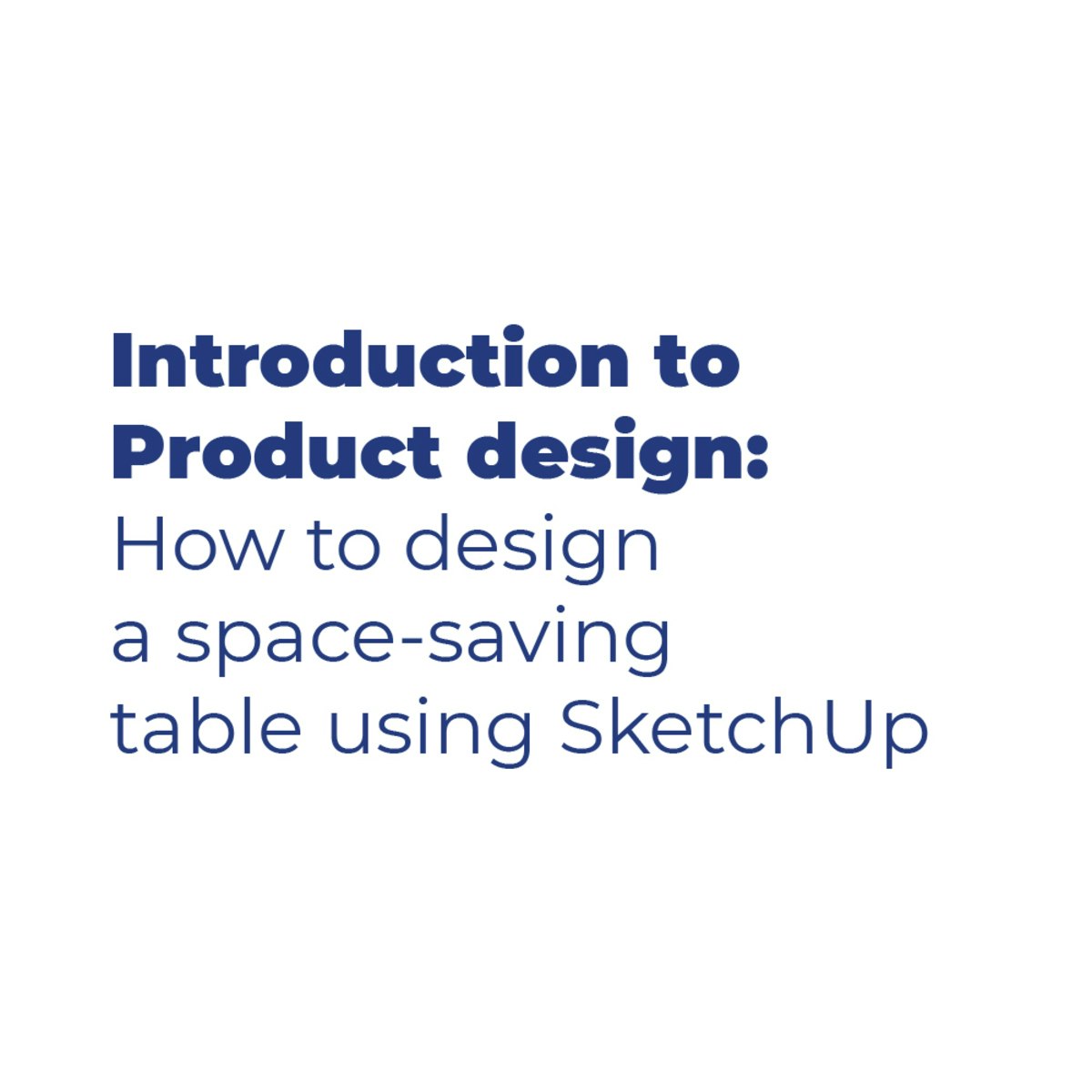
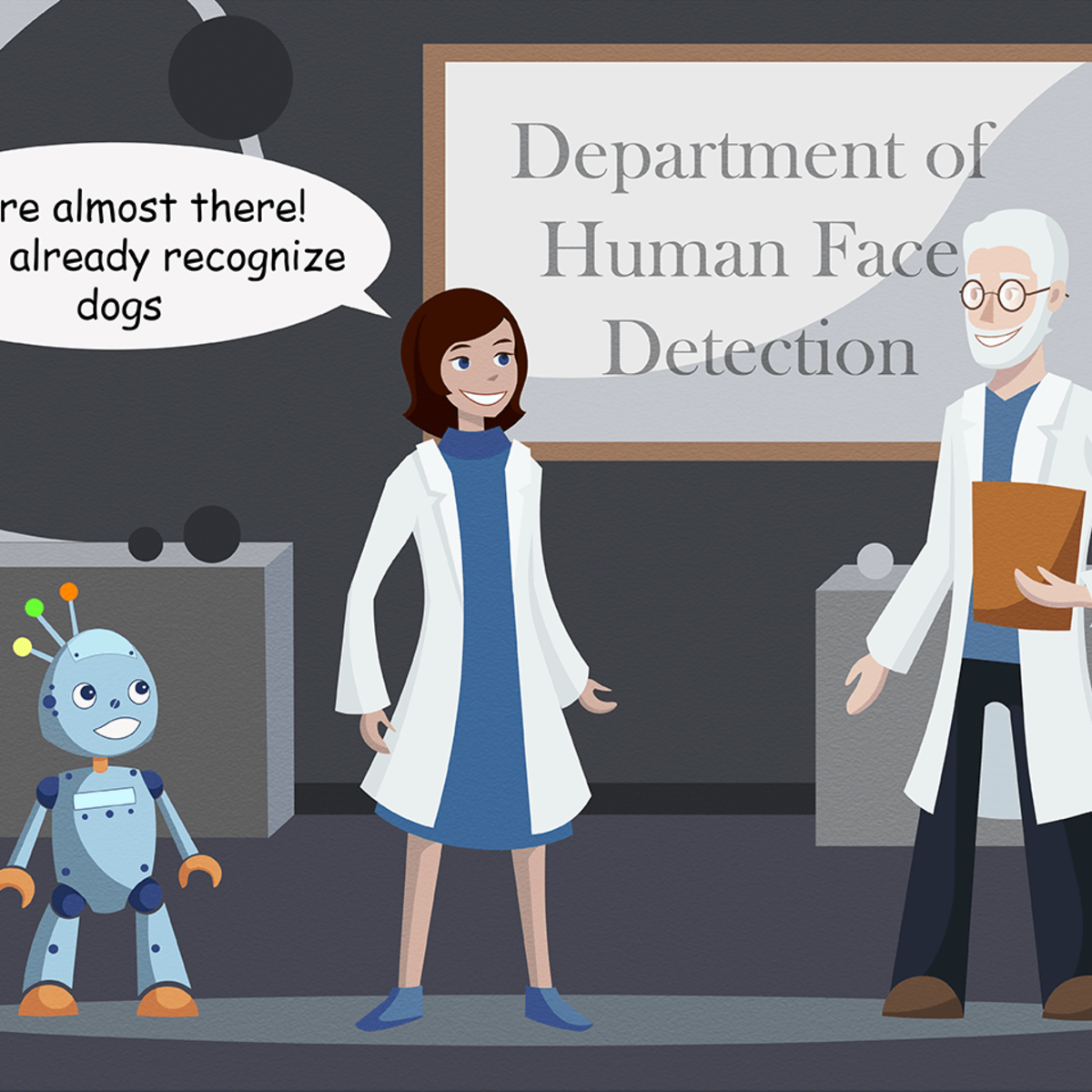




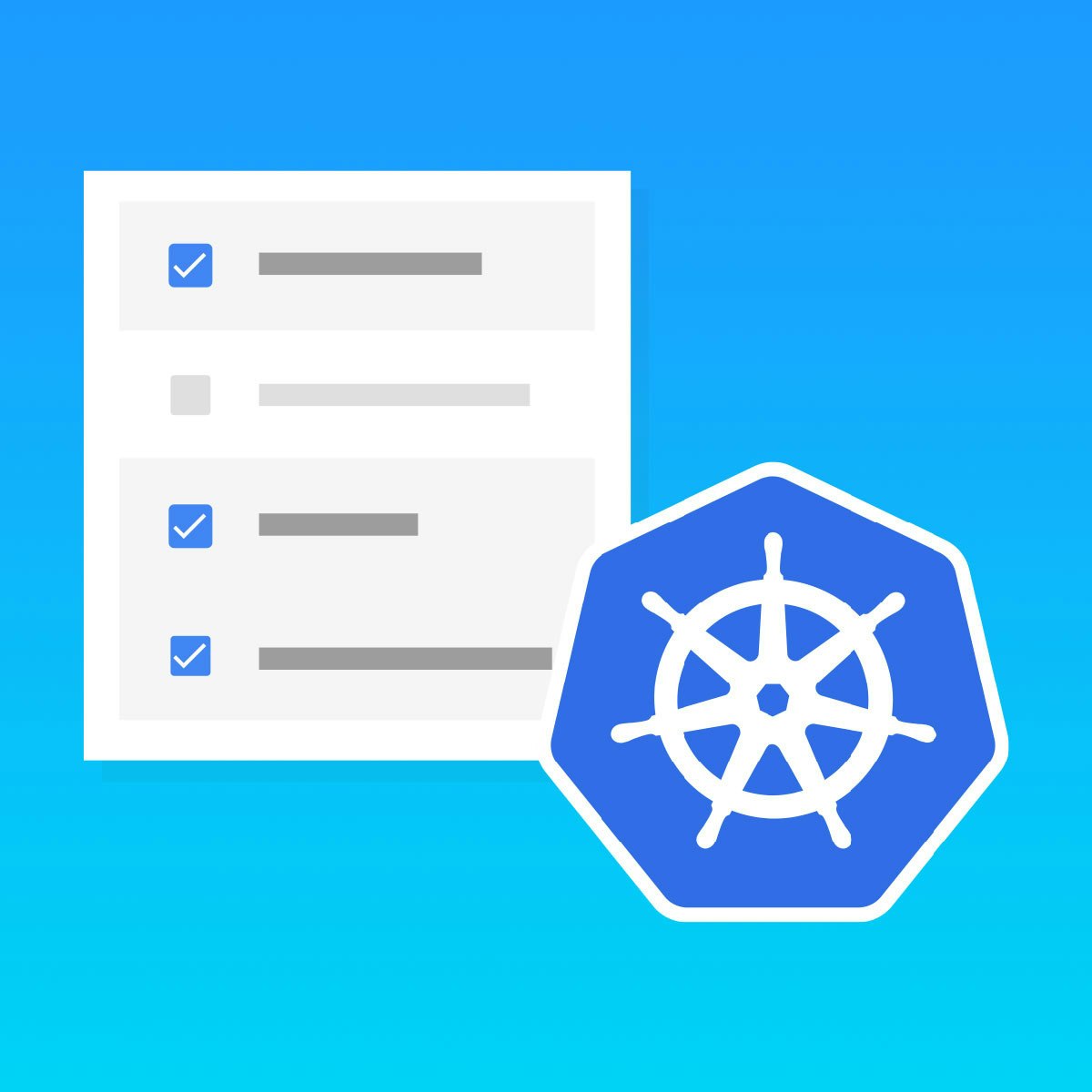

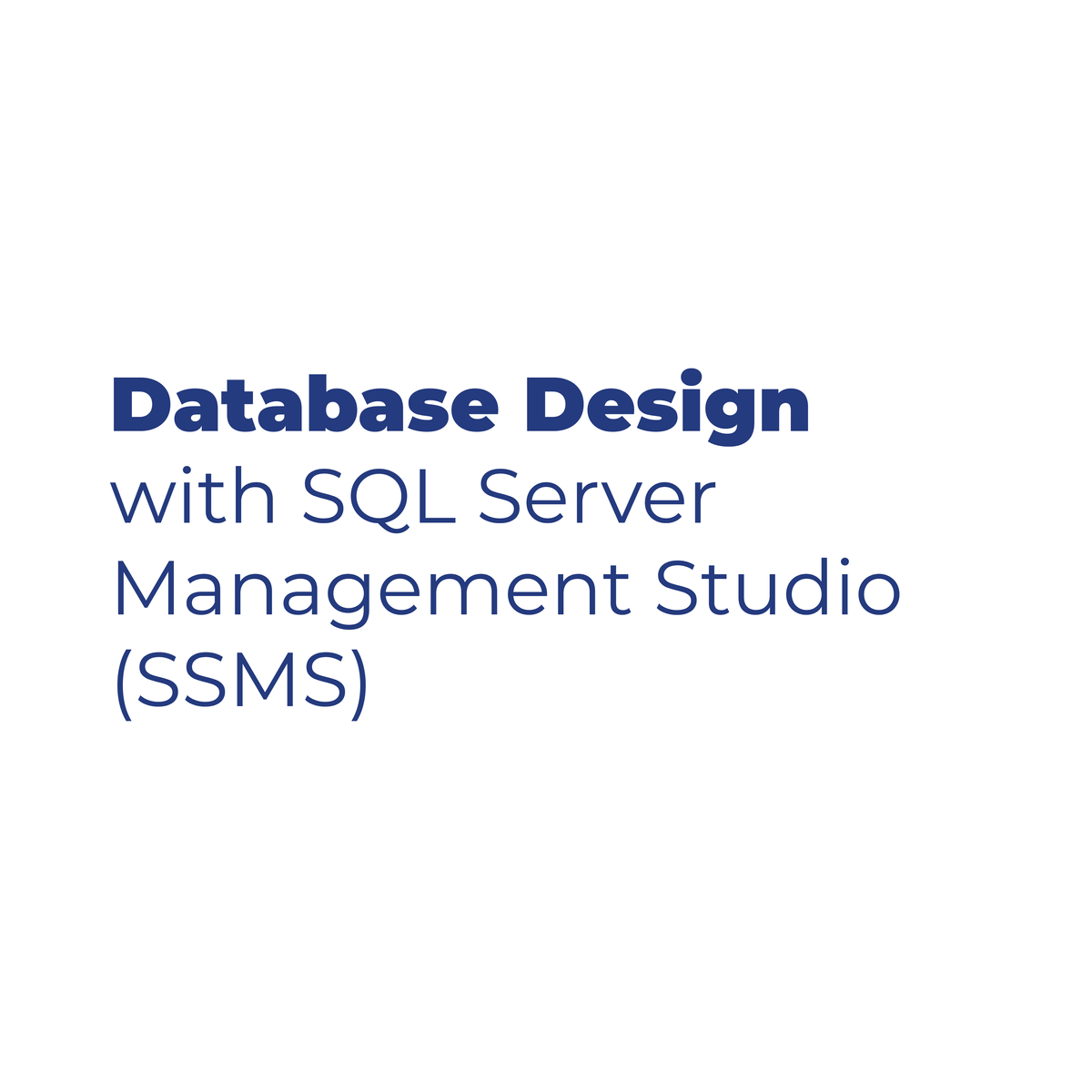
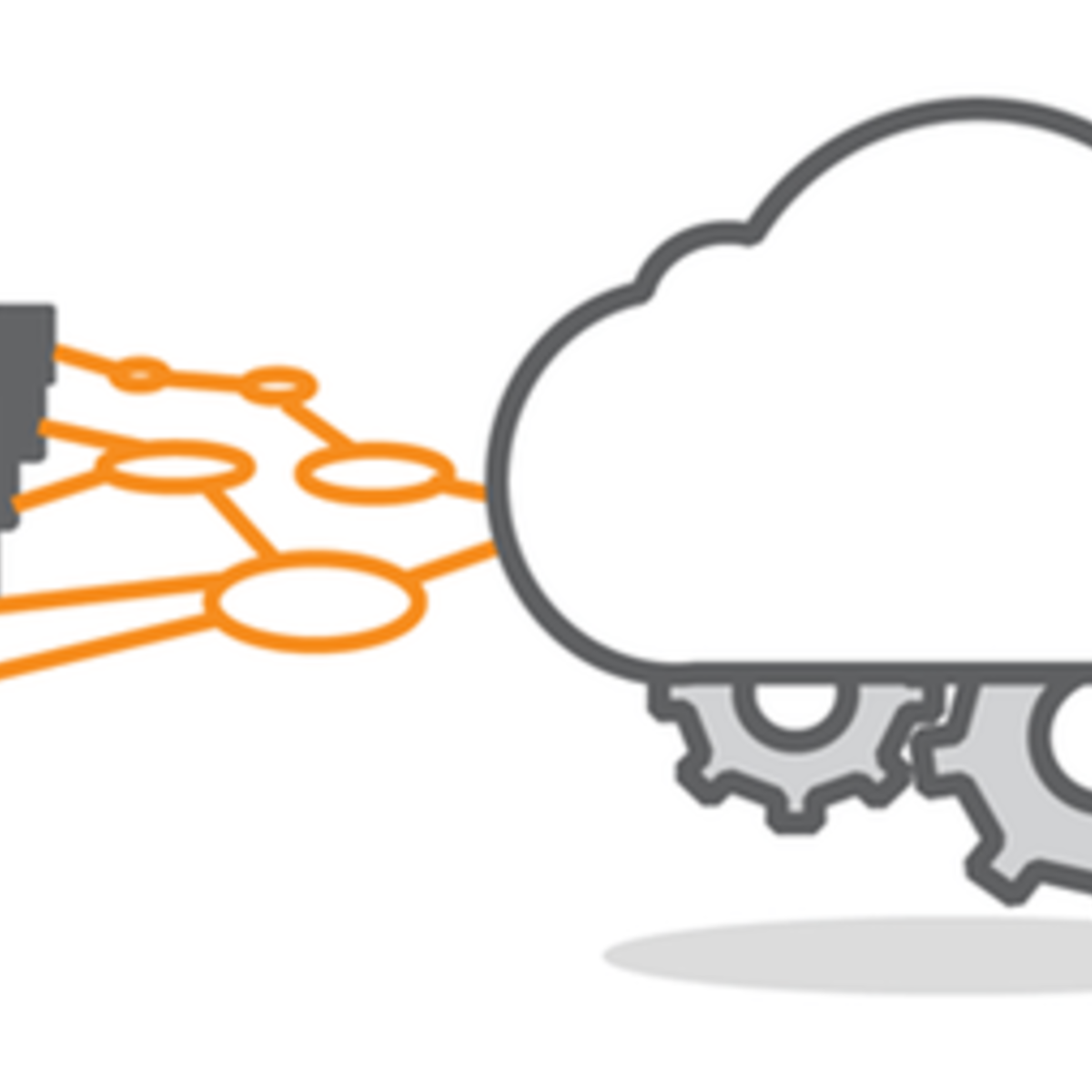
Computer Science Courses - Page 21
Showing results 201-210 of 2309

How to Design a Space-Saving Table Using SketchUp
In this 1h 30 minutes long project-based course, you will learn how to get inspired and generate new ideas, turn your idea into full concept, as well as visualizing your product using Sketch Up
Note: This course works best for learners who are based in the North America region. We’re currently working on providing the same experience in other regions.

Classification with Transfer Learning in Keras
In this 1.5 hour long project-based course, you will learn to create and train a Convolutional Neural Network (CNN) with an existing CNN model architecture, and its pre-trained weights. We will use the MobileNet model architecture along with its weights trained on the popular ImageNet dataset. By using a model with pre-trained weights, and then training just the last layers on a new dataset, we can drastically reduce the training time required to fit the model to the new data . The pre-trained model has already learned to recognize thousands on simple and complex image features, and we are using its output as the input to the last layers that we are training.
In order to be successful in this project, you should be familiar with Python, Neural Networks, and CNNs.
Note: This course works best for learners who are based in the North America region. We’re currently working on providing the same experience in other regions.

Introduction to Web Development
This course is designed to start you on a path toward future studies in web development and design, no matter how little experience or technical knowledge you currently have. The web is a very big place, and if you are the typical internet user, you probably visit several websites every day, whether for business, entertainment or education. But have you ever wondered how these websites actually work? How are they built? How do browsers, computers, and mobile devices interact with the web? What skills are necessary to build a website? With almost 1 billion websites now on the internet, the answers to these questions could be your first step toward a better understanding of the internet and developing a new set of internet skills.
By the end of this course you’ll be able to describe the structure and functionality of the world wide web, create dynamic web pages using a combination of HTML, CSS, and JavaScript, apply essential programming language concepts when creating HTML forms, select an appropriate web hosting service, and publish your webpages for the world to see. Finally, you’ll be able to develop a working model for creating your own personal or business websites in the future and be fully prepared to take the next step in a more advanced web development or design course or specialization.

AWS Multi-Tier VPC Architecture
By the end of this Project, you will be able to understand how to create a Custom VPC and configure it based on your business needs and the detailed theory behind each tasks you are going to do inside this Project.

Create Power-Ups and Obstacles with C# in Unity
In this project-based course we will create a science-fiction scene with damaging fire, a healing zone, and some player-enhancing pick-ups to help a player get around obstacles.
You'll learn how to write C# scripts that will manage the player's health points, how to use Colliders as Triggers to create obstacles and helpers for a player, about proximity-activated mechanics, and about creating an in-game pick-up/power-up.

Autodesk Certified Professional: Revit for Architectural Design Exam Prep
Prove to potential employers that you’re up to the task by becoming an Autodesk Certified Professional. This online course from Autodesk prepares you by offering an overview of skills that match what is covered in the Autodesk Certified Professional: Revit for Architectural Design exam. The video lessons are structured to match the exam’s objective domains and follow the typical workflow and features of the Autodesk® Revit® Architecture software, including sections on modeling and materials, families, documentation, views, and Revit project management. In the course, you'll review advanced modeling architectural topics and work with walls, floors, roofs, ceilings, stairs, columns, and rooms. You'll also gain an understanding of exam topics such as family categories and types, phases and design options, schedules, and worksharing. Brush up on selection sets, detail components, color schemes, levels and grids, and much more.
About the Autodesk Certified Professional: Revit for Architectural Design exam:
The Autodesk Certified Professional: Revit for Architectural Design exam is the recognized standard for measuring your architectural design skills and knowledge in Revit. The certification enables you to showcase your abilities and also signals to potential employers that your skills have been validated. This type of experience typically comes from having worked with the software on a regular basis for at least 2 years, equivalent to approximately 400 hours (minimum) - 1200 hours (recommended), of real-world Autodesk software experience.
The Autodesk Certified Professional (ACP) certifications exams can be taken at a Pearson VUE Testing Center or through OnVUE, Pearson VUE’s online proctored environment. Candidates are given 120 minutes to complete a certification exam and should review the testing center polices and requirements before scheduling. Ready to take the exam? Schedule to take the exam online or find a testing center near you on Pearsonvue.com/autodesk.
Looking for more skill-building courses? Check out Autodesk’s additional learning resources to help with your learning journey: https://www.autodesk.com/learning

Getting Started with Google Kubernetes Engine
In this course, each module aims to build on your ability to interact with GKE, and includes hands-on labs for you to experience functionalities first-hand. In the first module, you'll be introduced to a range of Google Cloud services and features, with a view to helping you choose the right Google Cloud services to create your own cloud solution. You'll learn about creating a container using Cloud Build, and store a container in Container Registry. You'll also compare and contrast the features of Kubernetes and Google Kubernetes Engine, also referred to as GKE. In addition to conceptualizing the Kubernetes architecture, you'll deploy a Kubernetes cluster using GKE, deploy Pods to a GKE cluster, and view and manage Kubernetes objects.

Big Data Analysis Deep Dive
The job market for architects, engineers, and analytics professionals with Big Data expertise continues to increase. The Academy’s Big Data Career path focuses on the fundamental tools and techniques needed to pursue a career in Big Data.
This course includes: data processing with python, writing and reading SQL queries, transmitting data with MaxCompute, analyzing data with Quick BI, using Hive, Hadoop, and spark on E-MapReduce, and how to visualize data with data dashboards.
Work through our course material, learn different aspects of the Big Data field, and get certified as a Big Data Professional!

Database Design with SQL Server Management Studio (SSMS)
In this 1-hour 40-minutes long project-based course, you will learn how to design a database system by identifying the entities and their attributes as well as the relations between these entities. Furthermore, you will get to implement the database system that you have designed using Microsoft SQL Server through SQL Server Management Studio. This project will have you explore key concepts of database design and will have you get introduced to the building blocks of the world of databases.
Note: This project works best for learners who are based in the North America region. We’re currently working on providing the same experience in other regions.

Building Cloud Services with the Java Spring Framework
This MOOC describes by example how to build cloud services via the use of object-oriented design techniques; Java programming language features; Java Servlets, the Java Spring Framework; and cloud computing platforms, such as Amazon Web Services. Due to the importance of building secure and scalable mobile/cloud platforms, this MOOC will not only show you how to build cloud services, but how to do so securely, scalably, and efficiently. Security and scalability topics will be woven into discussions of cloud service creation so that students learn, from the start, how to create robust cloud services.
